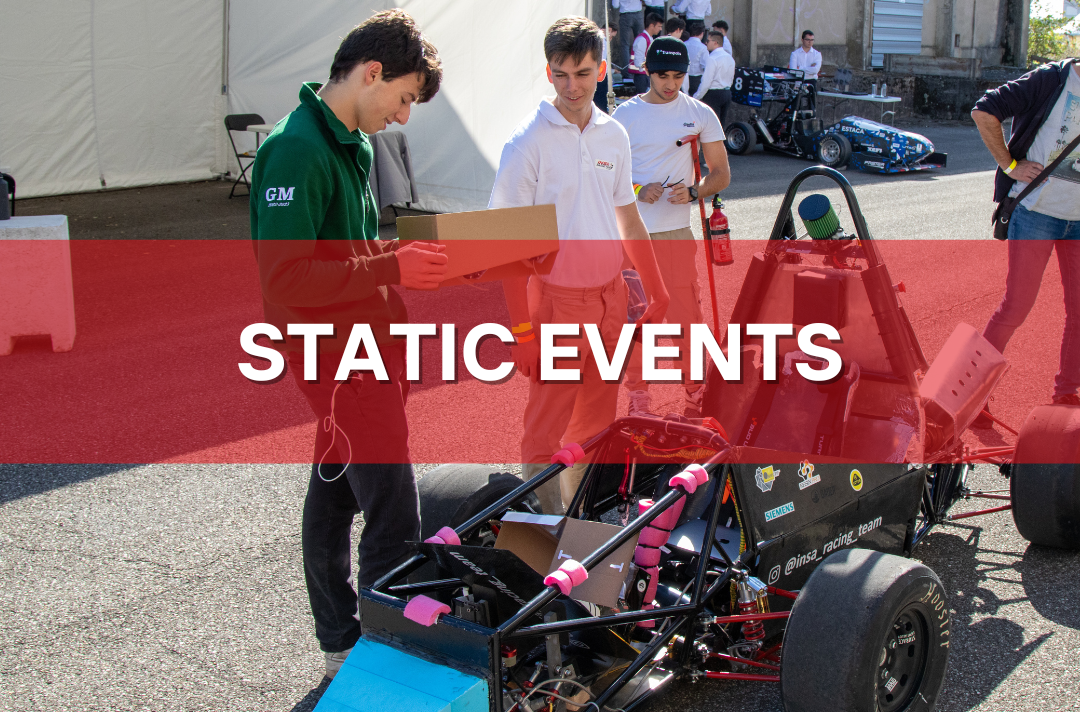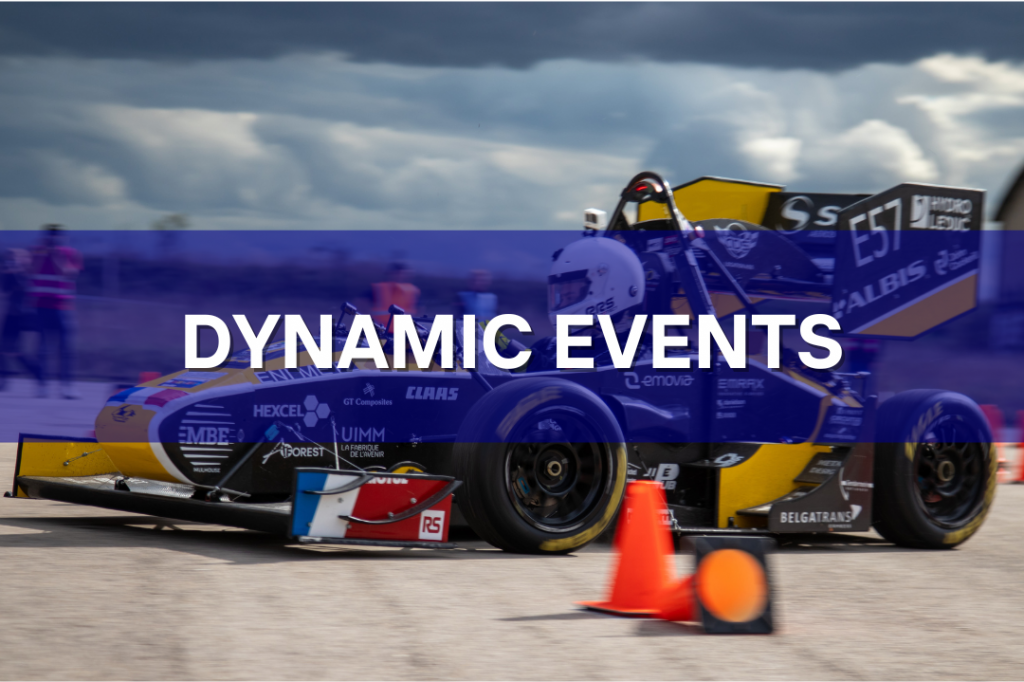What is Formula Student?
The Formula Student is a world-class automotive engineering competition founded in 1981 in the United States. Nowadays, the Formula Student has almost 1,000 teams made up of engineering students from all over the world. With the aim of training future professionals in the engineering professions, the Formula Student is an opportunity for students to put their theoretical knowledge into practice, but not only that: they also have to solve a variety of problems specific to the internal workings of a vehicle, problems which they will not encounter anywhere else than within their team, during the creation of their prototype.
But the training doesn’t stop there: by joining a racing team, the future engineers become part of a real company: project management, budget management, the whole ecosystem of small and medium-sized businesses that they discover by designing and building, by themselves, prototypes that pass both static and dynamic tests.
Future engineers work on the entire industrial lifecycle of a product: from specifications to tendering, design and production. This invaluable knowledge and unique professionalism make their profile attractive to recruiters and industrial companies looking to build the world of tomorrow. Formula Student is not just a competition, it’s also a recruitment forum, bridging the gap between future engineers and the industry players present at the event.
Discover the different types of FSF events
The Formula Student competition takes place in two phases

A. STATIC EVENTS which illustrate the entire product lifecycle within a company:
- DESIGN EVENT : Students must defend the design choices of their vehicle and their project management methods. This event focuses on the prototype development phase.
- COST and MANUFACTURING EVENT : Students simulate the industrial production of their prototype and describe the costs and associated choices.
- BUSINESS PLAN : Students devise a Business Model around their prototype and present it to fictitious investors.
To participate in the dynamic events, students must undergo technical inspection. This is not a separate event but an essential step without which teams cannot participate in the dynamic events. This technical inspection verifies the vehicle’s compliance and ensures participant safety.
B. DYNAMIC EVENTS :
- ACCELERATION : The driver must drive the prototype on a 75-meter straight line to demonstrate the vehicle’s acceleration capability.
- SKID PAD : The driver must navigate a circular course with an 18-meter diameter to evaluate the prototype’s cornering ability.
- AUTO CROSS : The driver must navigate a 1km course filled with obstacles (chicanes, slaloms, hairpins) to evaluate the vehicle’s maneuverability and agility.
- ENDURANCE : The prototype must complete a 22km race with a halfway driver change. This event assesses the vehicle’s reliability.
- EFFICIENCY : Judges measure the vehicle’s fuel consumption during the Endurance event.

